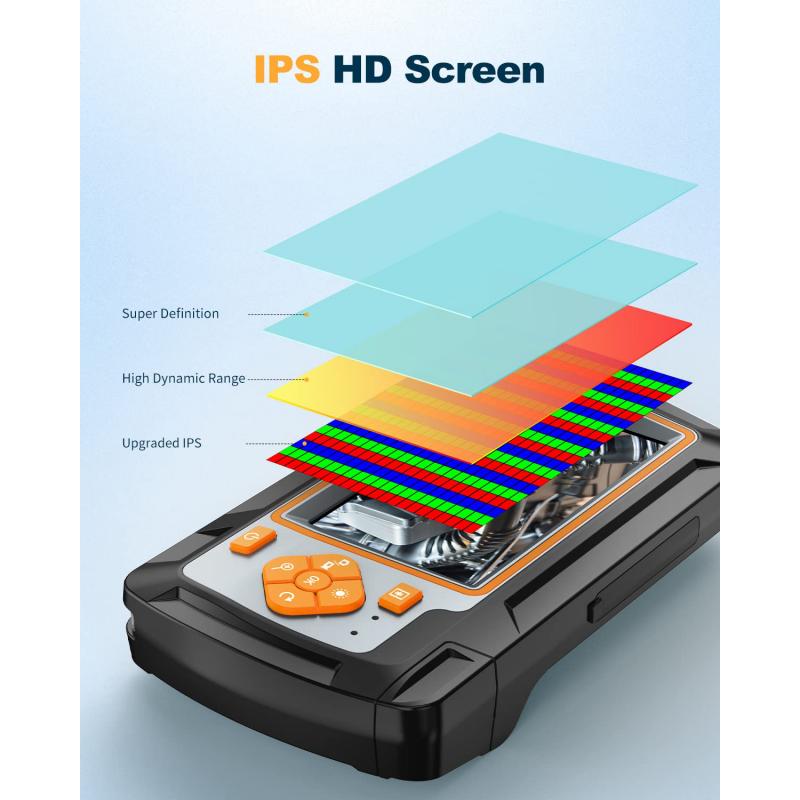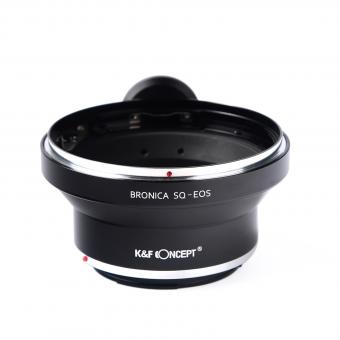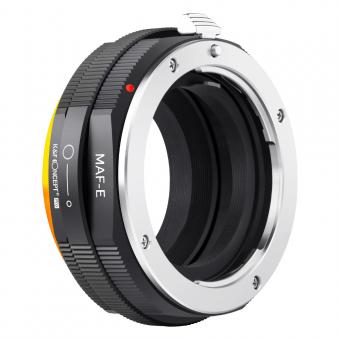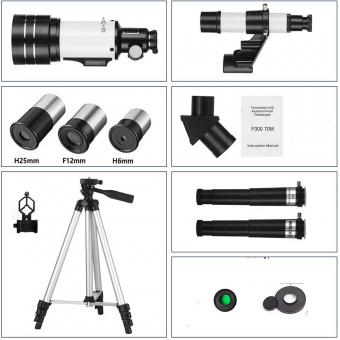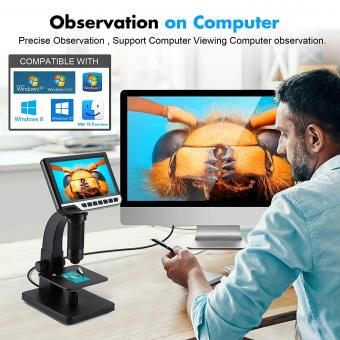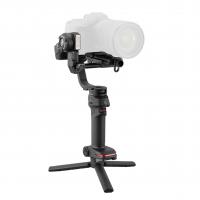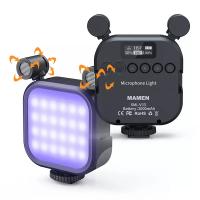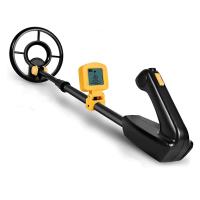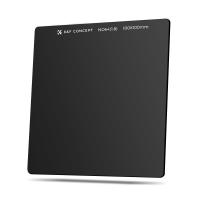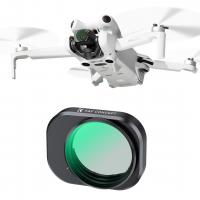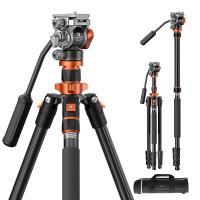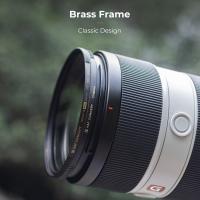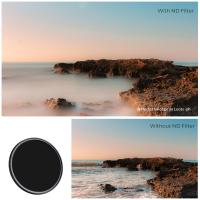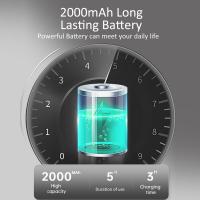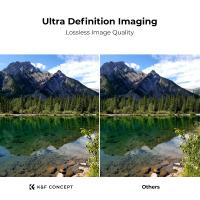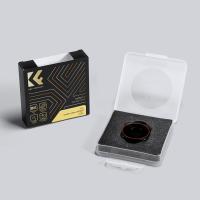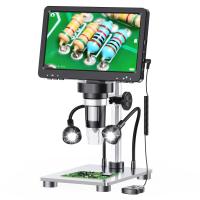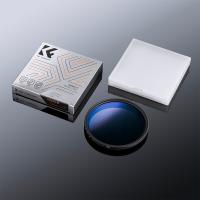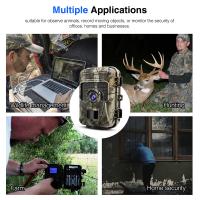Which Is Better Spotting Scope Or Binoculars ?
The choice between a spotting scope and binoculars depends on the specific needs and preferences of the user. Spotting scopes are typically used for long-range observations, such as birdwatching or hunting, as they offer higher magnification and better image quality. They are also more suitable for stationary use, as they are often larger and require a tripod for stability. On the other hand, binoculars are more versatile and portable, making them ideal for activities like hiking, wildlife observation, or sporting events. They provide a wider field of view and are easier to handle, allowing for quick scanning of the surroundings. Ultimately, the decision should be based on the intended use and personal preferences of the individual.
1、 Magnification and Field of View
When it comes to choosing between a spotting scope and binoculars, the decision ultimately depends on your specific needs and preferences. However, two important factors to consider are magnification and field of view.
Magnification refers to how much closer an object appears when viewed through the optic. Spotting scopes typically offer higher magnification than binoculars, making them ideal for long-range observations. With their higher magnification power, spotting scopes allow you to see more detail and clarity, making them popular among birdwatchers, hunters, and astronomers.
On the other hand, binoculars are more versatile and portable. They offer a wider field of view, allowing you to scan larger areas quickly. This makes binoculars a preferred choice for activities such as wildlife observation, hiking, and general outdoor use. Binoculars are also easier to handle and can be used with both eyes, providing a more immersive viewing experience.
It's worth noting that recent advancements in technology have led to the development of compact spotting scopes with wider fields of view, blurring the line between the two options. Some spotting scopes now offer interchangeable eyepieces, allowing you to adjust the magnification and field of view according to your needs.
Ultimately, the choice between a spotting scope and binoculars depends on your intended use. If you require high magnification for detailed observations over long distances, a spotting scope may be the better option. However, if versatility, portability, and a wider field of view are more important, binoculars would be the preferred choice.
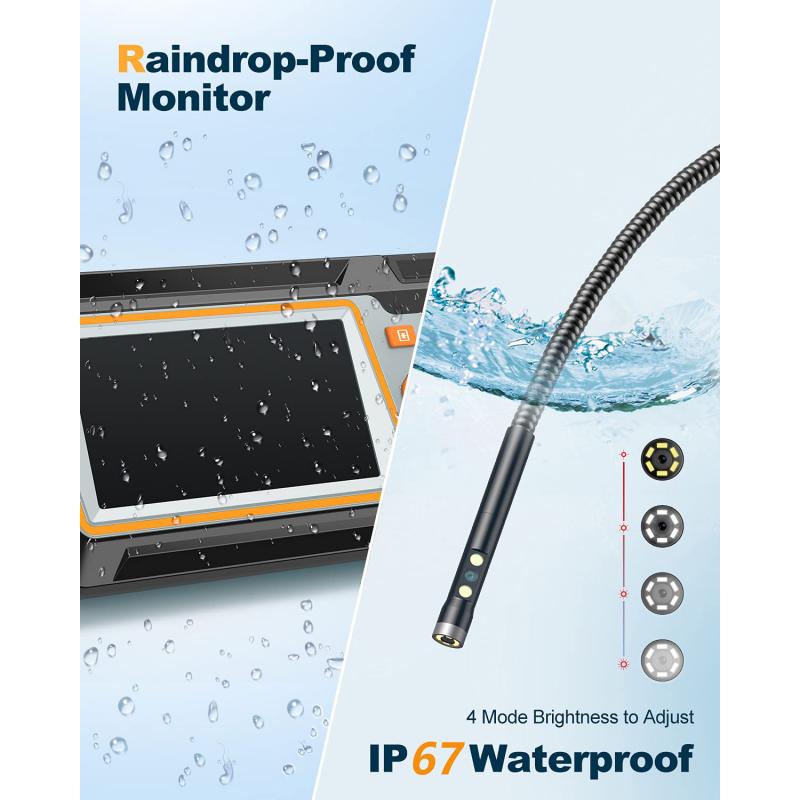
2、 Image Quality and Clarity
When it comes to image quality and clarity, both spotting scopes and binoculars have their own advantages and considerations.
Spotting scopes are designed for long-range observation and provide higher magnification capabilities compared to binoculars. This allows for a more detailed and closer view of distant objects. Spotting scopes also tend to have larger objective lenses, which means they can gather more light and provide brighter images, especially in low-light conditions. This can be particularly beneficial for birdwatching or stargazing.
On the other hand, binoculars are more versatile and portable. They are generally lighter and easier to carry around, making them ideal for activities like hiking or wildlife observation. Binoculars also offer a wider field of view, allowing for a broader perspective and easier tracking of moving objects. Additionally, binoculars are often more affordable compared to spotting scopes, making them a popular choice for casual users or those on a budget.
In terms of the latest advancements, both spotting scopes and binoculars have seen improvements in image quality and clarity. Manufacturers have been incorporating advanced lens coatings, such as anti-reflective coatings, to reduce glare and improve light transmission. This results in sharper and more vibrant images. Additionally, some models now feature image stabilization technology, which helps to minimize hand shake and provide a steadier view.
Ultimately, the choice between a spotting scope and binoculars for image quality and clarity depends on your specific needs and preferences. If you require high magnification and detailed observation, a spotting scope may be the better option. However, if portability and versatility are more important to you, binoculars would be the preferred choice.
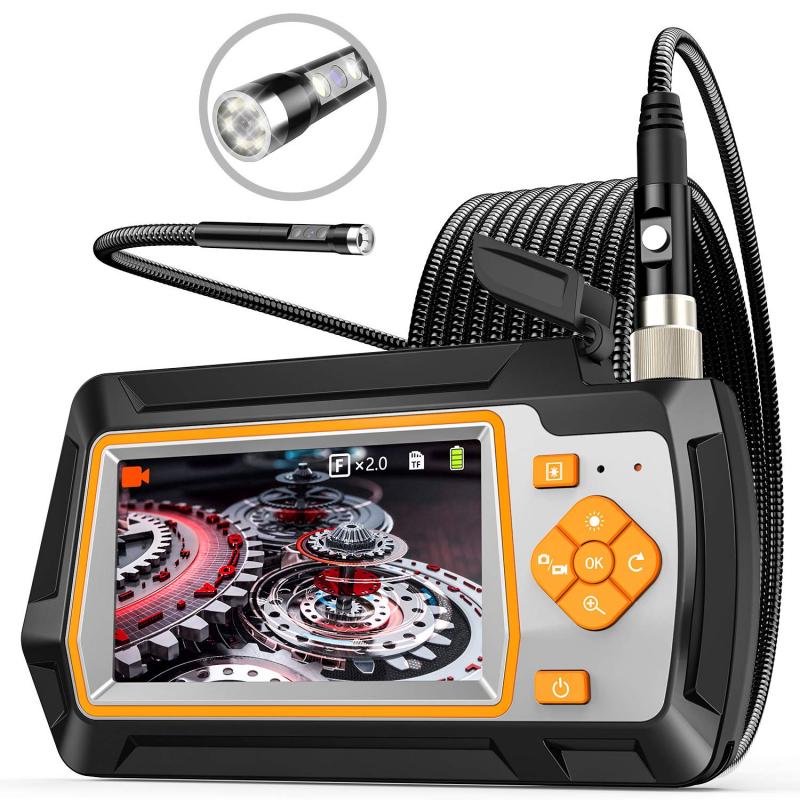
3、 Portability and Ease of Use
When it comes to choosing between a spotting scope and binoculars, the decision ultimately depends on your specific needs and preferences. However, if we consider the factors of portability and ease of use, binoculars generally have the advantage.
Binoculars are typically smaller and lighter than spotting scopes, making them more portable and easier to carry around. They can easily fit into a backpack or even a pocket, allowing for greater convenience during outdoor activities such as birdwatching, hiking, or wildlife observation. Binoculars also require less setup time, as they can be quickly adjusted and used with minimal effort.
In terms of ease of use, binoculars are generally more user-friendly. They have a wider field of view, allowing for a broader perspective and easier tracking of moving objects. Binoculars also provide a more natural viewing experience, as they allow both eyes to be used simultaneously, reducing eye strain and fatigue. Additionally, binoculars are often equipped with features such as image stabilization and autofocus, further enhancing their ease of use.
However, it is important to note that spotting scopes have their own advantages. They typically offer higher magnification and better image quality, making them ideal for long-range observations or detailed observations of distant objects. Spotting scopes are commonly used by hunters, birders, and nature enthusiasts who require a closer and more detailed view of their subjects.
In conclusion, while both spotting scopes and binoculars have their own merits, binoculars generally excel in terms of portability and ease of use. However, it is crucial to consider your specific needs and the intended use of the optical device before making a final decision.
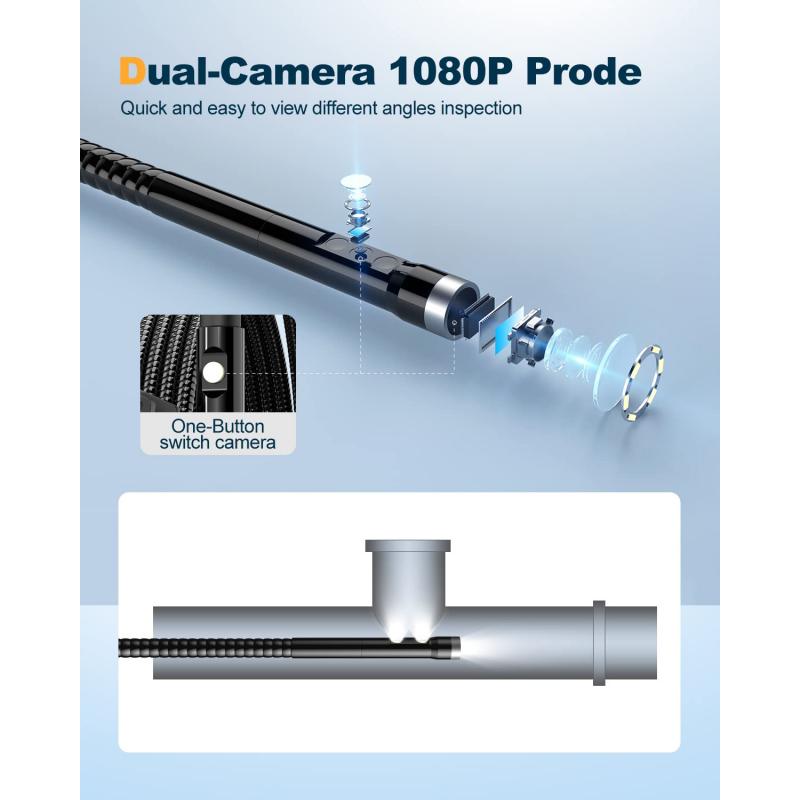
4、 Target Acquisition and Tracking
When it comes to target acquisition and tracking, both spotting scopes and binoculars have their own advantages and it ultimately depends on the specific needs and preferences of the user.
Spotting scopes are designed for long-range observation and provide higher magnification compared to binoculars. This makes them ideal for activities such as birdwatching, hunting, or long-distance target shooting. Spotting scopes also offer a larger objective lens diameter, allowing for better light gathering capabilities and improved image quality in low-light conditions. Additionally, many spotting scopes come with interchangeable eyepieces, allowing users to customize the magnification level to suit their needs.
On the other hand, binoculars are more versatile and portable. They are commonly used for a wide range of activities including wildlife observation, sports events, and general outdoor use. Binoculars provide a wider field of view, making it easier to scan large areas quickly. They are also more compact and lightweight, making them convenient to carry around for extended periods.
In terms of the latest point of view, technological advancements have led to the development of high-quality optics in both spotting scopes and binoculars. Manufacturers are constantly improving the image quality, durability, and ergonomics of these devices. Some spotting scopes now come with image stabilization technology, which helps reduce hand tremors and provides a steadier view. Similarly, binoculars are incorporating features such as image stabilization, built-in rangefinders, and even smartphone connectivity for capturing and sharing images.
Ultimately, the choice between a spotting scope and binoculars for target acquisition and tracking depends on the specific requirements of the user. Factors such as the intended use, desired magnification, portability, and budget should all be considered when making a decision.
